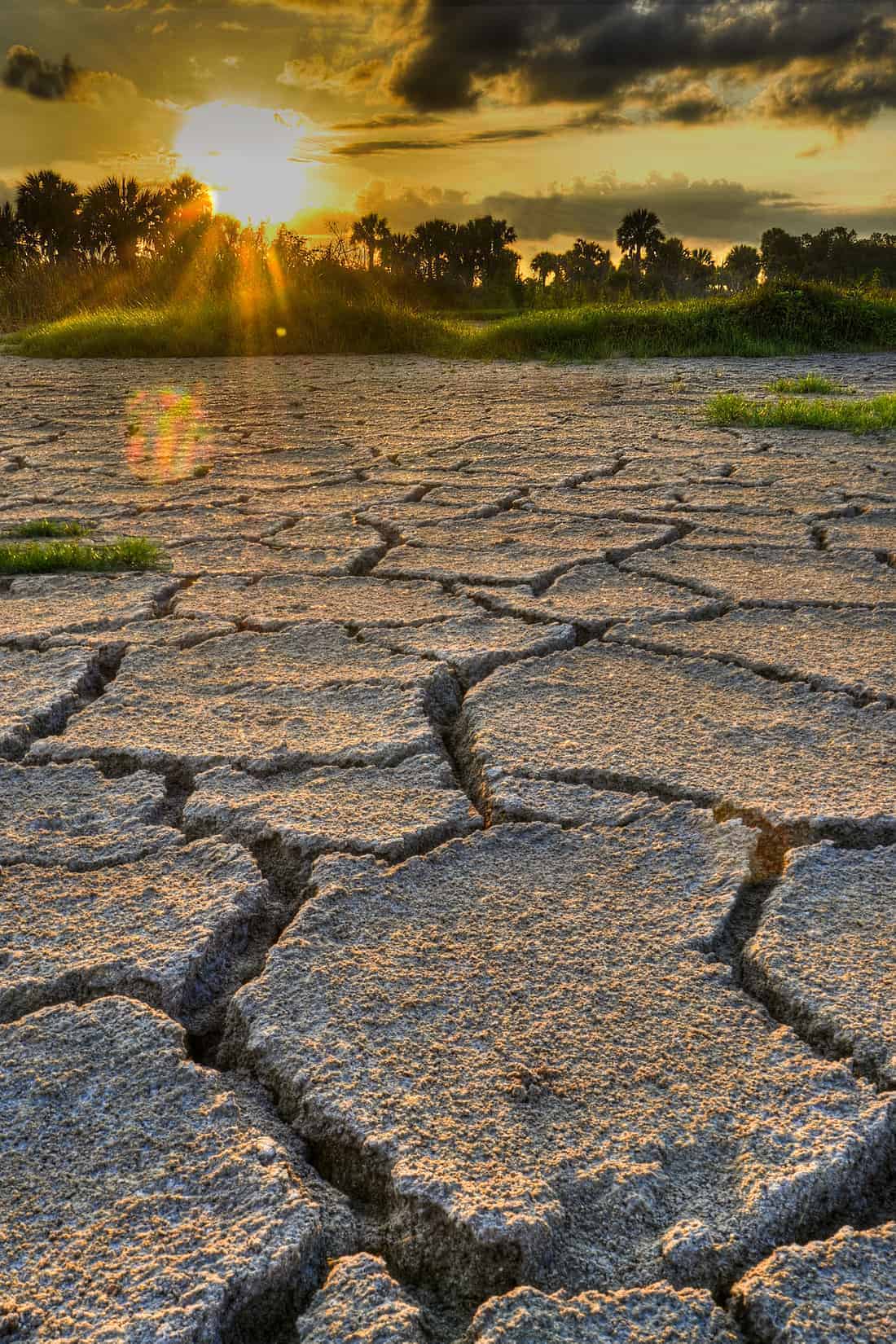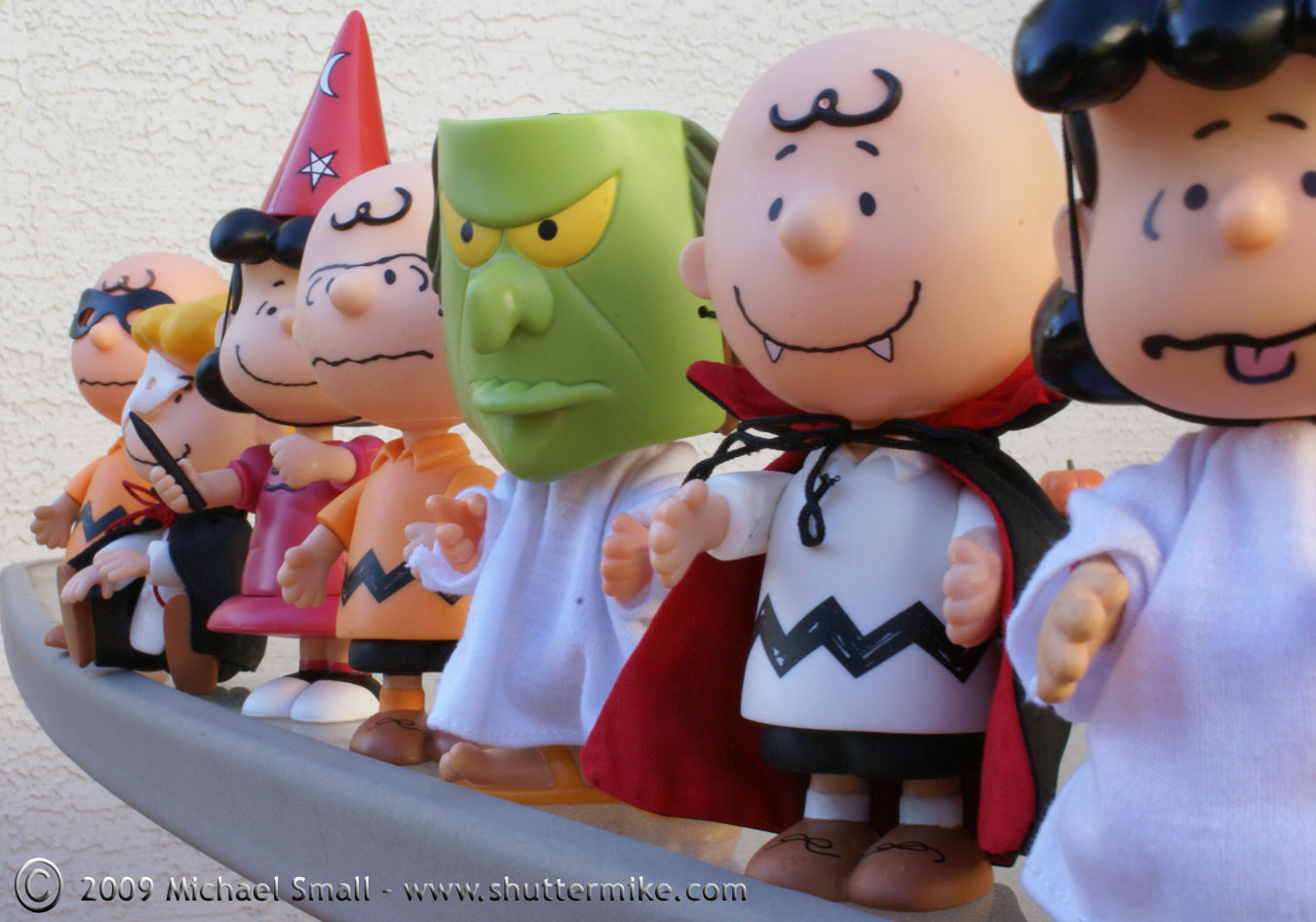- I was in the court yard area when i took this image.
- One problem i had was figuring out how to make my model look tall.
- This image is one of my best because it clearly gives the illusion.
- One thing that could be improved in this picture is how bright the background is.
1. i was in the middle court yard are when i took this image.
2. The problem i had prior to taking this image was finding a good location where i could apply the "tall" technique and would have a good spot to step back and make my model look tall.
3. This image stands out as one of my best because of all that i took for this particular pose, it is the one that fits the best and the model's face and position emphasizes the pose itself.
4. One thing that could be improved in this picture is again the over-exposed background that looks washed out and takes some of the attention away from the main focal point, the model.
Sitting:
Sitting:
1. I was on the right side of the middle courtyard of the school when I took this picture.
2. One problem i had with this image was being able to capture the model without having distracting objects in the background, like the trash cans for example.
3. This image was one of my best because the objective is clear and the expression and position of the model exemplifies precisely sitting as a pose.
4. In this picture, one thing that could be improved is cropping it or deleting the inclusion of the trash cans through photoshop so it does not serve the purpose of being a distraction.
1. I was in the courtyard of the school when I took this picture along with the other ones.
2. Another problem i faced prior to take this image was finding a spot that was just right where the lighting would not hit the model too harshly.
3. This image serves as one of my best because through the expression on his face and the position of his body, you really get the sense that he is simply sitting, looking away, and in deep concentration overall.
4. What could be improved in this picture is adjusting the iso so that the background is not so bright compared to everything else in the image.
Standing:
1. When taking this image, i was by the student store for this particular shot.
2. A problem I faced prior to taking this shot, was having enough space to back up and take this image without entirely cutting off a part of his body in the process- in the image.
3. I consider this one of my best for this pose because I really like the background which produces leading lines and how my model really stands out because there are no distracting objects behind or near him.
4. One thing that could be improved is instead of taking the image in landscape mode, having it taken in portrait so my model would be seen from head to toe - leaving no cut off ligaments.
1. I was by the tree near the right side of the student store when I took this image.
2. Prior to taking this image, I faced the problem of the sun being much too bright for my model to look towards and therefore, come out squinting his eyes because of it.
3. This image is one of my best because by giving my model a dark background to lean on, the background is not too washed out or bright and my model looks the part.
4.One thing that I would improve in this picture is maybe shifting more to the left or right so that he is not right dab in the middle and to give it a more mysterious aspect.
Wild Card:
1. I was to the right side of the student store when I took this picture.
2. One problem i faced prior to taking this image was positioning myself in such a way that would not capture two different backgrounds and add too many distracting objects to the image.
3. This image is one of my best because it captivates my model's prop the best, without any unnecessary objects in the back. Also, it was taken to the left which adds an extra element to it.
4. One improvement that could be made to this photo is either straightening it up in photoshop so that it does not look slanted or simply using the tripod to take it straight on.
1. I was by the 200 building at the tree near the student store when I took this image.
2. Prior to taking this image, a problem I encountered was the shadows of the tree itself that reflected on my model's face.
3. This picture is one of my best and stands out from the others that I took because it displays more creativity from both my model and I and adds another element or fun factor that the others do not exhibit.
4. An improvement that could be made to this image is 1, not cropping off his foot when taking the image, and 2, getting rid of the shadows on my model's face.
1. The most challenging element of this assignment was attempting to find the different locations and lighting that would best represent the pose I was trying to portray. Some were too bright or was attempted at a location that did not offer many options or versitality. I overcame these challenges by using a difference in iso to my advantage and finding the best spots for each particular pose that offered the best lighting or simply fixed it in photoshop.
2. My photography skills have changed immensely since September due to the simple fact that i now know how to use different techniques that back then, would have seemed nearly impossible to me. For example, i now know how to adjust my settings if the brightness is to high with the iso or how to get a full-stop motion photo by changing the shutter speed. Simple things like that really come in handy and are good things to know for a photographer. I am also more confident in how to take great depth of field images that give the intended blur effect- which is my favorite technique out of all of them.
3. Before the year ends, I would like to just go over techniques that i did not quite grasp like capturing a motion within a photo while keeping the object in sharp focus, but blurring to motion so it gives off that intended effect. I think if I go over it well enough, i could be able to then use it to my advantage and would understand better how and when to use it to create the effects that i desire for my images.






















































